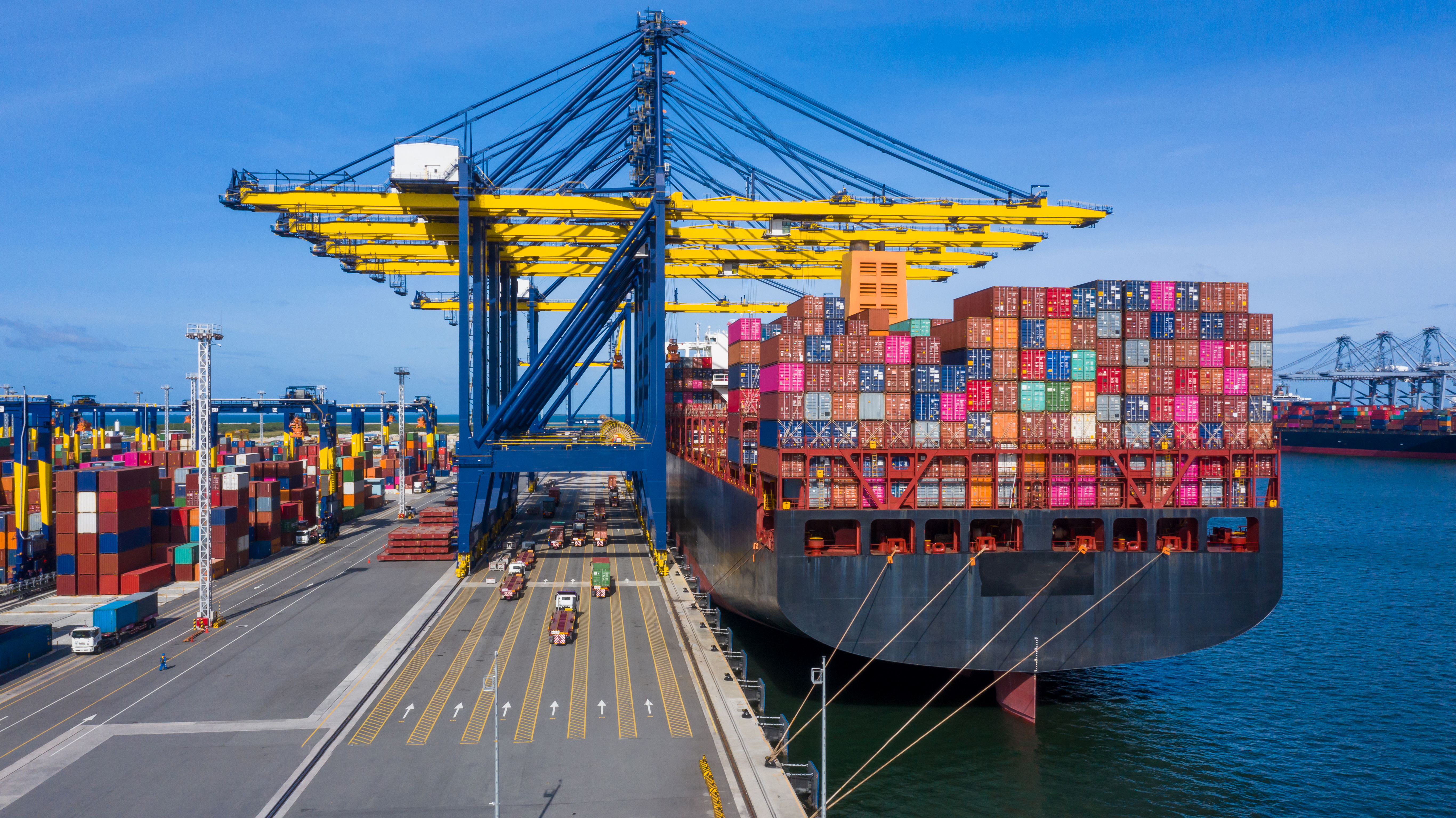As the maritime sector adapts to decarbonisation mandates such as FuelEU Maritime, dual and tri-fuel vessels typically capable of operating on Liquified Natural Gas (LNG), Very Low Sulphur Fuel Oil (VLSFO), and Marine Gas Oil (MGO) are entering service at pace. These vessels offer enhanced fuel flexibility and regulatory compliance, but they are also giving rise to new claims patterns and operational complexities, particularly in the storage and handling of conventional fuels. The introduction of biofuels into the mix adds further layers of complexity, amplifying the need for robust fuel management strategies.
A recent article by legal firm HFW has drawn attention to an increase in claims concerning fuel degradation on dual-fuelled LNG carriers. This typically arises when vessels run primarily on LNG, leading to prolonged storage of traditional fuels like VLSFO, which can then degrade before use, requiring de-bunkering or causing machinery issues.
This trend is mirrored in recent UK Club claim cases. These matters are operationally complex and legally nuanced, especially where VLSFO sits idle on board for extended periods.
What’s Happening on the Ground?
To better understand the risk landscape, we consulted three LNG vessel operators managing ships with dual/tri-fuel engines. Their experiences reflect a range of strategies and real-world constraints:
- One operator has opted completely to avoid VLSFO use, citing not only shelf-life concerns but also fears of engine damage and contamination due to bad bunkers. Instead, they use MGO exclusively during non-LNG operations, depspite charterer's pressure to adopt VLSFO.
- The other two operators continue to use VLSFO, but only with the help of additives to improve stability. They aim to consume VLSFO within six months, although they report a number of handling and storage issues, including sludge, microbial growth, and the need for additional filtering and purification.
This operational context makes it increasingly difficult for owners to argue a claim for fuel quality if the fuel was supplied many months earlier and has not been adequately monitored.
Technical & Legal Risks:
In their recent legal commentary, HFW highlights the growing risks associated with VLSFO on dual-fuel vessels, particularly when stored for extended periods. Unlike High Sulphur Fuel Oil (HSFO), which can remain stable for up to two years, VLSFO may begin to degrade in as little as three to six months. This degradation can lead to serious operational issues, including sludge formation and engine damage.
Despite the fact that charterers typically supply the fuel and warrant its suitability at the time of delivery, the responsibility for its ongoing condition is not always clearly defined in standard time charter clauses. These clauses often lack provisions that allocate accountability for monitoring fuel quality during long-term storage.
Owners, however, are not entirely shielded from liability. Under the ISM Code, they are required to implement a Safety Management System (SMS) that includes robust bunker management practices and monitoring of critical systems. If degraded fuel causes an incident, owners may be held accountable under bailment duties, which obligate them to exercise reasonable care over the fuel. They may also face scrutiny under due diligence requirements, especially if their SMS and Planned Maintenance System (PMS) do not reflect the standards expected of a reasonably prudent operator.
Practical Loss Prevention Measures
Based on both legal considerations and real-world challenges, we recommend the following best practices to reduce risk:
- Preventing Fuel Degradation:
- Regularly recirculate fuel to avoid stratification, where the piping layout permits.
- Maintain optimal storage temperatures, supported by tank heating alarms and charter party clauses that set limits on pour and cloud points.
- Regularly drain tank bottoms to reduce water accumulation and microbial growth, although this may not be feasible in all tanks.
- Consider using additives, provided they are approved by the engine manufacturer.
- Employ monitoring tools such as water-finding paste alongside periodic tank cleaning.
- Early Detection of Degradation:
- Conduct visual inspections for sludge, discoloration, or unusual odours.
- Supplement visual inspections with laboratory testing every three to six months.
- Monitor key parameters including viscosity, Total Sediment Potential (TSP), water content, microbial contamination, and Total Acid Number (TAN).
- Handling Aged or Degraded Fuel:
- Document all mitigation steps thoroughly, including photographic evidence and test results.
- Promptly notify charterers and the Club.
- In complex cases, involve fuel experts to assess the situation and guide next steps.
Conclusion
It is recommended that charterparty agreements be updated to address explicitly the evolving risks associated with multi-fuel use. With dual and tri-fuelled ships rapidly becoming the standard for environmentally compliant operations, owners and charterers must collaborate on fuel management, both in practice and in contracts. It is no longer sufficient to focus only on the delivery quality of fuel; onboard storage, monitoring, and response protocols are now a critical part of ensuring operational reliability and claim defensibility.
We thank HFW for their analysis and encourage our Members to reach out to their Club representative to discuss SMS updates, contract reviews, or case-specific advice.




![The Solomon Trader [2025] EWCA Civ 1387: The ‘pay to be paid’ rule affirmed in the Court of Appeal](/fileadmin/uploads/ukpandi/News_Images/AdobeStock_104743067.jpeg)
